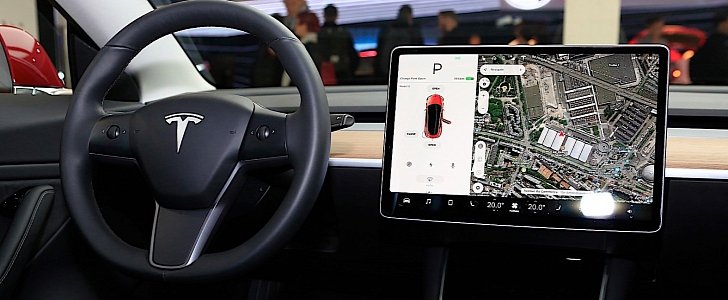With all the apparently Autopilot-related crashes earlier in the year, there’s been a lot of talk about whether the technology deployed in Tesla vehicles is as safe as advertised.
Back in September, the National Highway Traffic Safety Administration (NHTSA) crash tested Tesla’s latest vehicle, the Model 3, and found that it meets all the required criteria to hand a five-star rating. Soon after the announcement, Elon Musk said ““Tesla piece on the physics of car safety coming soon.”
Probably this is not what he meant, but on Thursday the carmaker released what is to become a common practice in the future: the quarterly vehicle safety report.
Unlike the cars of other companies, Tesla’s machines are connected, meaning company engineers know nearly in real time when a car is involved in a crash. This capability also allows Tesla to submit statistics that are out of reach for most of its competitors.
Tesla said that according to its figures, in the last quarter of the year it recorded only one accident or crash-like event for every 3.34 million miles driven with the Autopilot activated.
That’s near twice as safe as when the humans are in charge of their Teslas, who were found to be involved in crashes once every 1.92 million miles.
The industry average, according to NHTSA data, is one crash every 492,000 miles, making the Autopilot the ideal advocate of self-driving cars and the benefits they bring.
For future safety reports, Tesla says it will improve and expands the data gathering process from cars involved in crashes.
Currently, the carmaker contacts the owners of cars involved in accidents and asks them if they're in need of emergency assistance. In the future, Tesla operators will also be asking them if they sustained any injury in the crash, or if they have feedback on the safety system.
Despite the great performances of the Autopilot, Tesla says that it continues “to encourage driver vigilance on the road,” because Autopilot is not a fully autonomous system.
Probably this is not what he meant, but on Thursday the carmaker released what is to become a common practice in the future: the quarterly vehicle safety report.
Unlike the cars of other companies, Tesla’s machines are connected, meaning company engineers know nearly in real time when a car is involved in a crash. This capability also allows Tesla to submit statistics that are out of reach for most of its competitors.
Tesla said that according to its figures, in the last quarter of the year it recorded only one accident or crash-like event for every 3.34 million miles driven with the Autopilot activated.
That’s near twice as safe as when the humans are in charge of their Teslas, who were found to be involved in crashes once every 1.92 million miles.
The industry average, according to NHTSA data, is one crash every 492,000 miles, making the Autopilot the ideal advocate of self-driving cars and the benefits they bring.
For future safety reports, Tesla says it will improve and expands the data gathering process from cars involved in crashes.
Currently, the carmaker contacts the owners of cars involved in accidents and asks them if they're in need of emergency assistance. In the future, Tesla operators will also be asking them if they sustained any injury in the crash, or if they have feedback on the safety system.
Despite the great performances of the Autopilot, Tesla says that it continues “to encourage driver vigilance on the road,” because Autopilot is not a fully autonomous system.

